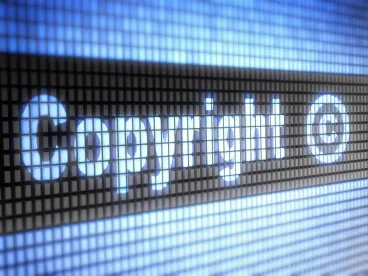As a result of a recent Supreme Court decision, clothing designers are expected to have an easier time stopping others from copying their original designs.
On Wednesday, March 22, the Supreme Court issued guidelines to determine whether a clothing design is copyrightable. Traditionally, clothing manufacturers have had trouble protecting their designs. This Supreme Court decision in Star Athletica, LLC v. Varsity Brands, Inc. will likely change this and give designers and clothing manufacturers greater ability to protect against copying or "knock-offs" of their proprietary designs.
The Copyright Act does not protect "useful articles." A "useful article" is "an article having an intrinsic utilitarian function that is not merely to portray the appearance of the article or convey information." Historically, clothing has been classified as a "useful article" with little intellectual property protections made available. However, the Copyright Act does protect clothing designs if the designs "can be identified separately from and are capable of existing independently of, the utilitarian aspects of the article." Accordingly, clothing designs are protectable where the design is "separable" from the "useful article." The guidelines for determining "separability" has, in the words of the Sixth Circuit Court of Appeals, "confounded courts and scholars" and "has been a mess for a long time."
The Supreme Court cleaned up the mess this week by issuing guidelines to determine whether a clothing design is a "separable" expression that can be protected by copyright. The Court held that a clothing design could be protected if it:
-
can be perceived as a two- or three-dimensional work of art separate from the useful article, and
-
would qualify as a protectable pictorial, graphic, or sculptural work either on its own or when fixed in some other tangible medium
If a clothing design meets this standard, clothing companies can prevent others from reproducing their clothing design in any medium of expression.
This ruling provides a powerful tool to protect a company's intellectual property.





 />i
/>i

